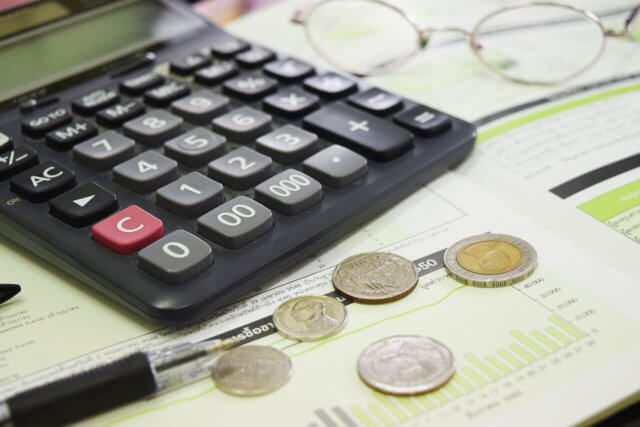As shown in the press release following the meeting of 2 April 2019 of the National Bank of Romania Board, the following was decided: to keep the monetary policy rate at 2.50 percent per annum; to leave unchanged the deposit facility rate at 1.50 percent per annum and the lending facility rate at 3.50 percent per annum; and to maintain the existing levels of minimum reserve requirement ratios on both leu- and foreign currency-denominated liabilities of credit institutions.
Furthermore, according to the press release, the annual CPI inflation rate rose from 3.27 percent in December 2018 to 3.32 percent in January and 3.83 percent in February 2019, thus standing above the upper bound of the variation band of the target and above the forecast. All major CPI components posted higher-than-expected increases during this period, but the evolution of inflation rate was mostly influenced by the pick-up in the prices of vegetables and fruit, to which added the hike in tobacco product prices and the advance in core inflation.
The annual adjusted CORE2 inflation rate (which excludes from the CPI inflation administered prices, volatile prices, and tobacco product and alcoholic beverage prices) reached 2.5 percent in January and 2.7 percent in February from 2.4 percent in December 2018. The increase reflects rising demand-pull and wage cost-push inflationary pressures, as well as the influences of the leu exchange rate and the indirect effects of the recent advance in fuel prices.
Data on 2018 Q4 economic growth show the annual dynamics of real GDP remaining little changed at 4.1 percent compared to 4.2 percent in the previous quarter. On the demand side, household consumption became again the main driver of economic growth, ahead of the change in inventories, while gross fixed capital formation made a less negative contribution. Net exports had a larger negative contribution to GDP dynamics against the background of the protracted slowing trend in the growth rate of exports of goods and services, in parallel with the slight re-acceleration in the dynamics of imports. Alongside the worsening of the primary income balance, the developments in net exports led to a sizeable widening of the current account deficit against the same year-ago period.
In 2018 as a whole, GDP dynamics dropped to 4.1 percent from 7 percent in the previous year, in the context of the fall in investment, a larger negative contribution from net exports, as well as a slower, albeit still robust, rise in private consumption. The share of the current account deficit in GDP widened to 4.5 percent in 2018 from 3.2 percent in the previous year.
The latest developments show a further deceleration in industrial production annual growth in January 2019 compared to the 2018 Q4 average, concurrently with softer dynamics of new orders in manufacturing and a persistent decline in construction works. At the same time, activity in retail trade and services stepped up in January amid the significantly faster increase in the average real net wage.
The annual growth rate of credit to the private sector accelerated further in January 2019 to 8.4 percent (the fastest rise since May 2012), before moderating slightly in February, its average for the period as a whole increasing versus 2018 Q4. The evolution reflected a slightly slower rise in the domestic currency component, in parallel with a considerably slacker decline in the foreign currency component. Against this background, the share of leu-denominated loans in total private sector credit narrowed marginally to 65.7 percent.
The latest assessments indicate the outlook for the annual inflation rate to remain above the upper bound of the target band over the short time horizon, as it is seen following a higher path than in the latest medium-term forecast published in the February 2019 Inflation Report.
For further information: NBR Board decisions on monetary policy

